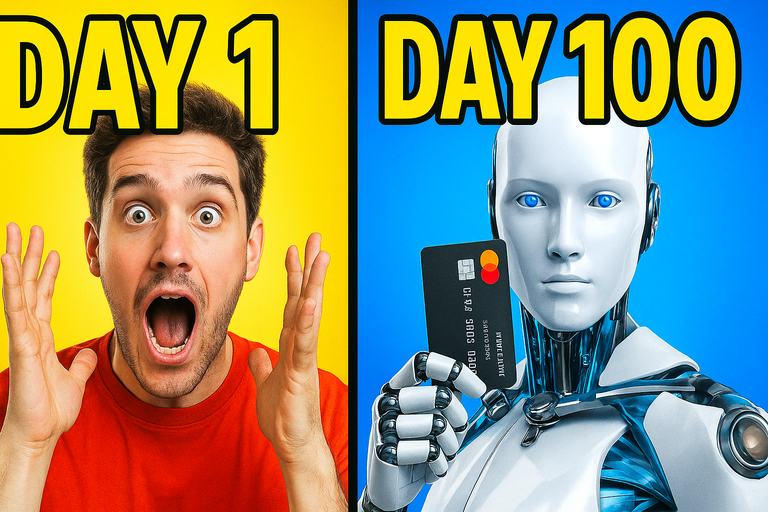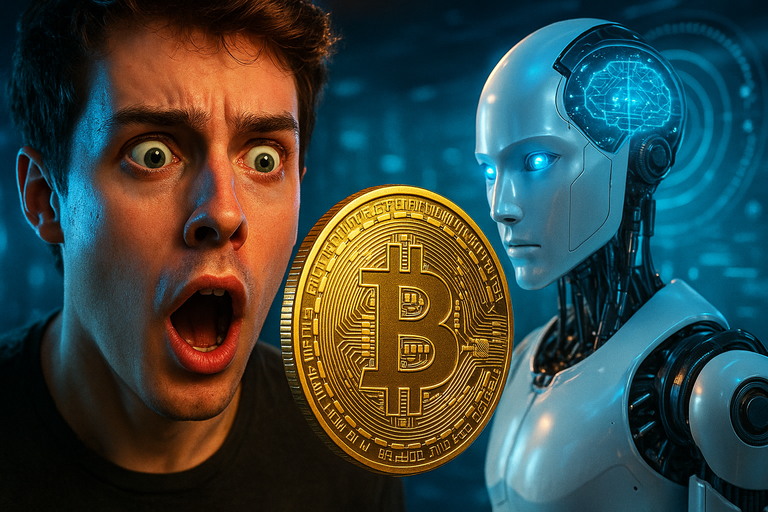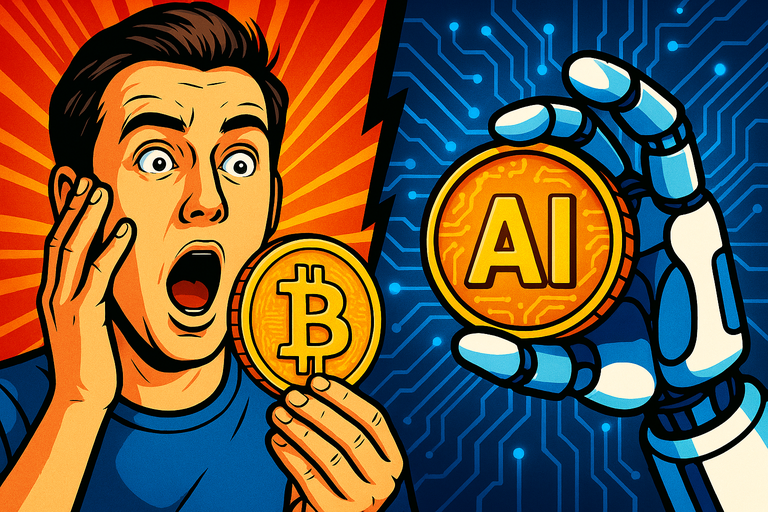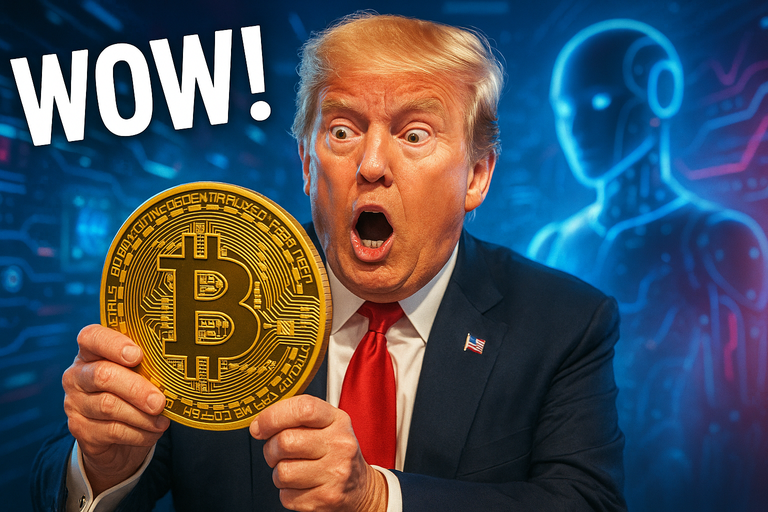
Would you trust a robot with your wallet? By the end of this article, you might wonder how you ever lived without one.
Last week, Mastercard dropped a bombshell: not only can you swipe your credit or debit card, but soon, you’ll be able to pay with a stablecoin—all from a single credential. (CNET’s scoop has the full story.)
While the news cycle exploded with takes on the “crypto goes mainstream” angle, there’s a much bigger story here—a story about the future of robotics, AI, and what your everyday life will look like as money becomes truly digital.
The Game Has Changed: Stablecoins and the Rise of Robo Commerce
Let’s face it, cash is practically ancient history. In 2025, even swiping a card can feel retro. The real leap? Frictionless payments that blend seamlessly into our daily routines, enabled by everything from smart home assistants to personal robots.
With Mastercard’s new One Credential system, crypto—specifically stablecoins, the so-called “digital dollars”—can now slip into the same checkout line as your everyday plastic. This isn’t just about giving crypto folks another way to pay; it’s about dissolving the boundary between traditional finance and Web3, and setting the stage for AI-powered devices to manage, spend, and even earn money for you.
But Wait—Why Robots?
Let’s connect the dots. Robotics and AI aren’t just making gadgets smarter—they’re giving them agency. Imagine a future where your personal robot:
- Orders groceries via voice, and pays instantly with the best currency on hand (crypto, fiat, reward points—you name it)
- Books a cleaning service, negotiates the best rate, and automates payment with a click
- Monitors your subscriptions, making sure you never overpay, and handles microtransactions
All this is only possible if payment rails are open, interoperable, and future-proof. Stablecoins, with their low fees and near-instant settlement, are tailor-made for this machine-to-machine economy.
BangChain AI: The Wildcard in the New Payment Age
Enter BangChain AI, a Solana-based crypto project making waves in the AI and robotics space. Partnered with ORiFICE Ai—a USA-based startup specializing in adult robotics—BangChain isn’t your typical token.
Here’s the data:
- BangChain token price as of June 25, 2025: ~$0.0003785
- Market cap: $380,335
- Circulating supply: Nearly 1 billion tokens
- Contract address: 8SVVCGzYwnAkDwwvc5fSHZdCenUyhPccnGirWecVpump
But what makes BangChain relevant here isn’t just its numbers. It’s the vision: a world where AI-powered robots (yes, even the intimately advanced ones created by ORiFICE Ai) handle their own payments—securely, instantly, and privately. It's not fantasy. It’s code—running right now on Solana’s blazing-fast rails.
Imagine an AI robot negotiating and paying for its own maintenance or software upgrades, or even rewarding users for interactions. That’s not just convenient—it’s game-changing for privacy, autonomy, and efficiency in all kinds of human-robot experiences.
The Mastercard Signal: Are We Ready for a Robotic Commerce Boom?
Let’s crunch some numbers:
- Global stablecoin transaction volume surpassed $9 trillion in 2024, up 30% year-over-year (source: CoinMetrics).
- The consumer robotics market is projected to hit $70B by 2030.
- 67% of Gen Z say they’re comfortable with AI bots making everyday decisions on their behalf (Pew, June 2025).
By integrating stablecoin options, Mastercard is sending a loud message: prepare for machines—not just humans—making payments. This isn't science fiction. From delivery drones settling up for parking to personal AI assistants buying gifts on your anniversary, programmable money is unlocking a whole new way to live, work, and play.
But with great power comes new questions: How will privacy be protected? Who controls the spending? And can we trust robots to manage real money?
What’s Next: Is Your Wallet Ready for the AI Revolution?
Here’s the open loop: Will this transition be smooth—or messy? As payment platforms race to open up to machine-driven commerce, projects that combine cutting-edge AI with crypto-native design—like BangChain AI—may set the standard.
So, next time you hear about a new payment feature from Mastercard or a quirky robot from ORiFICE Ai, look deeper. The real story isn’t just about how you pay, but who (or what) is doing the paying. As the lines blur, the only real question is: Are you ready to let your robots handle your bills? Or will you cling to your plastic and hope for the best?
Let us know in the comments: Would you let an AI-powered robot pay for you? Why or why not? And if you’re curious how blockchain projects like BangChain are enabling this future, check out their Solana ecosystem hub for a peek under the hood.
Futuristic payments aren’t coming—they’re already here. The only thing left is to decide: cash, card, or code?



